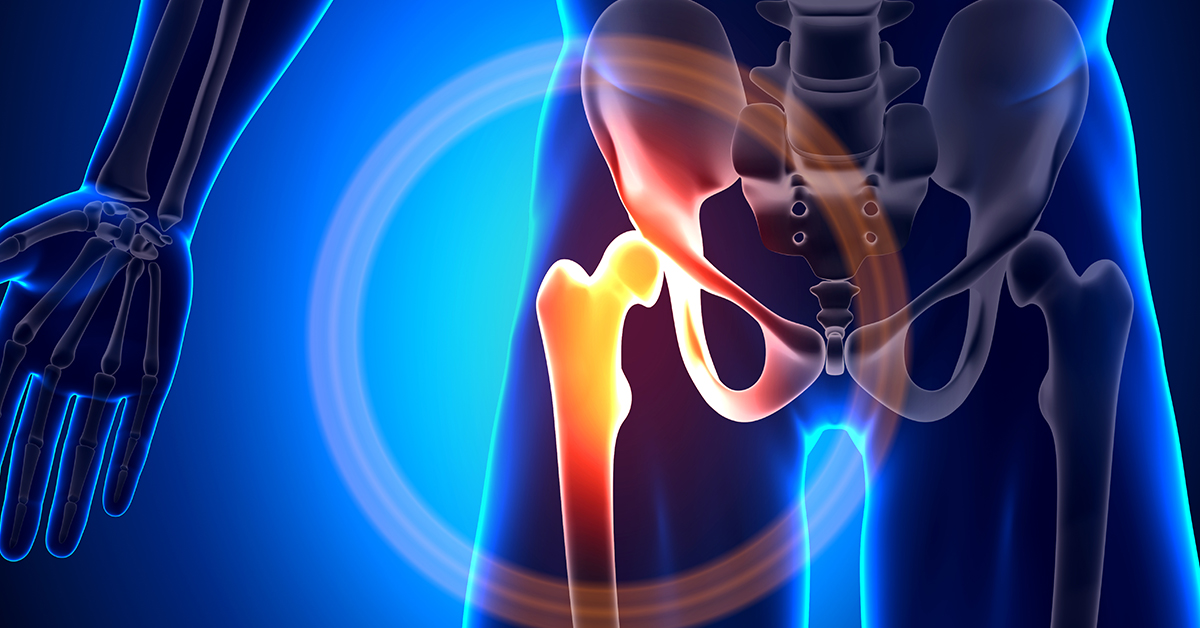
What is Hypogastric Plexus Block for Pelvic Pain?
Hypogastric plexus blocks are a nonsurgical treatment for managing pelvic pain due to a variety of reasons.
The structures that are in the lower part of the abdomen are supplied by a variety of nerves that arise from the spinal cord. After they emerge, groups of nerves all join together at a particular point before dividing again to supply the pelvic organs. This area where all the nerve fibers accumulate together is called a plexus.
The hypogastric plexus refers to such a collection of nerves that is seen at the level of the fifth lumbar vertebral bone and first sacral bone. The nerves that arise from this plexus supply pelvic organs such as the bladder, prostate, testicles in men, and ovaries, uterus, and vagina in women.
Who needs Hypogastric Plexus Block for Pelvic Pain?
In patients who suffer from pelvic pain and in whom regular painkillers have not controlled it, a hypogastric plexus block may be performed to relieve the pain. It is usually offered to patients who suffer from some form of pelvic cancer that is causing the pain. The procedure involves identifying the hypogastric plexus and injecting it with a small dose of local anesthetic injection or a painkiller. This blocks the flow of pain signals through the nerve fibers and can relieve the pain occurring within the pelvic area.
Other than cancer, this procedure may be used to treat conditions such as endometriosis and injury following exposure to radiation.
What are the steps in Hypogastric Plexus Block for Pelvic Pain?
Preparing for the Procedure
Before performing the procedure, the patient's consent is obtained, and an intravenous line is placed in a vein. The patient is monitored throughout the procedure, which can take 20 minutes to half an hour. The patient is made to lie on their abdomen with a pillow under their hip. This is done to give the doctor access to the lower back. A small amount of sedation is sometimes offered to the patient to keep them calm and reduce their level of anxiety.
Cleaning and Numbing the Injection Site
Once the area to inject has been identified, it is cleaned with an antiseptic solution and a small amount of local anesthetic is injected into the skin to numb it.
Performing the Block
Under guidance of x-ray, or fluoroscopy, CT scan or ultrasound, the hypogastric plexus is injected with a local anesthetic agent or similar medication that will block the conduction of pain impulses through the nerves. Sometimes, steroids are also injected to help reduce any inflammation.
After Hypogastric Plexus Block for Pelvic Pain
Following the procedure, the patient is observed for a short period of time, and if all is well, the patient is discharged home. Patients are advised not to drive, and it is best if a family member or friend takes the patient home.
Many patients have reported good pain relief following the procedure. Some may experience a little pain for a short time immediately after the procedure, but this passes quickly. There are very few risks with this procedure, but studies have shown that most patients tolerate the procedure well. Potential risks may include injury to blood vessels or the structures within the abdomen, but these are extremely rare because the procedure is performed by experts.




